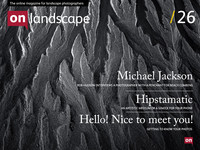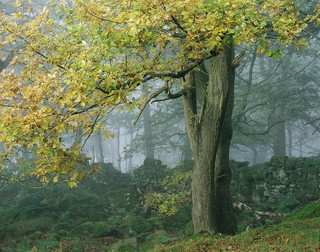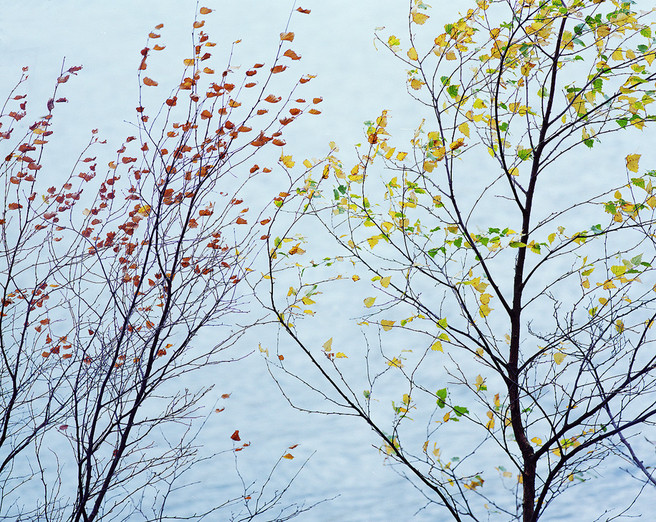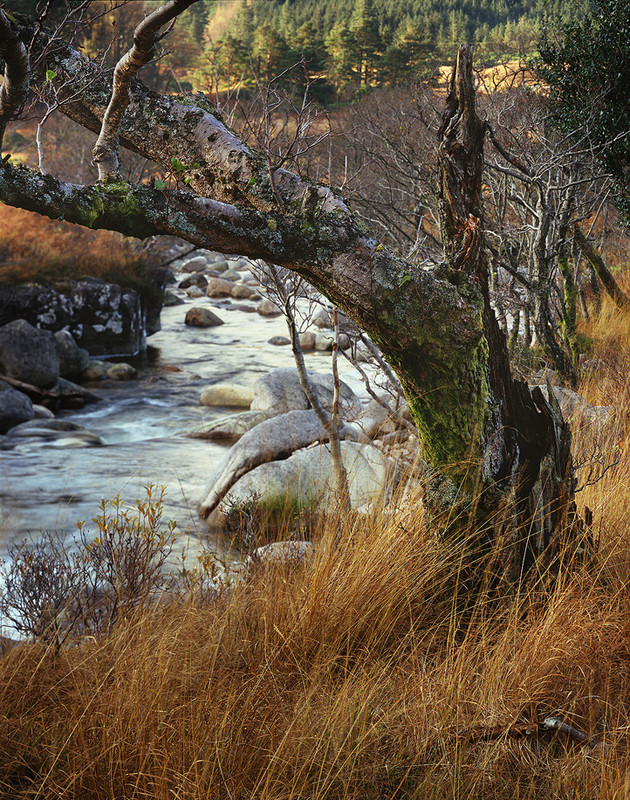On seeing images for the first time

Dav Thomas
Tree loving photographer, mainly using large format film cameras but also flirts with other formats.
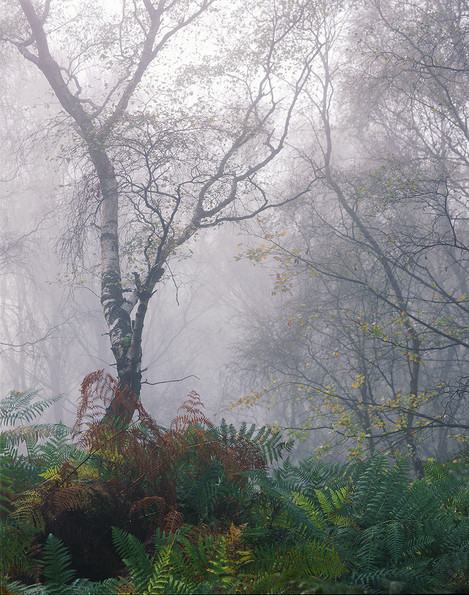 It struck me today that I have a strange relationship with my new photos. I suspect that this has to do, in some way, with working with film and its lack of immediacy but mainly because these images are new to me – only ever previously glimpsed. Of course, we've seen the photo before in some form – through a viewfinder, on a ground glass – but we've never actually seen the photo, and this can be quite a different beast.
It struck me today that I have a strange relationship with my new photos. I suspect that this has to do, in some way, with working with film and its lack of immediacy but mainly because these images are new to me – only ever previously glimpsed. Of course, we've seen the photo before in some form – through a viewfinder, on a ground glass – but we've never actually seen the photo, and this can be quite a different beast.
This is particularly true of negative film, with digital or transparency we have a quick preview of the image, all the colours are more-or-less in the right place. With negative the true sense of the image can only be realised once it's been scanned and inverted in Photoshop (in my case) and the balance and curves carefully adjusted. Then we can step back and take in exactly what the camera has recorded. This image can only be a rendition of the scene as the mind remembered it – or as the mind thinks colours should be. I'm sure there are workflows that can automate the conversion process so that colours are rendered as the film is supposed to see them but I don't know what that workflow is, and to be honest I'm not that bothered for finding out. I like to interpret the negative to give it the colour space that I think it required to get over my feelings about the image.
There's an even greater sense of detachment with images captured digitally. I’ve asked myself serious questions about the worth of an image before I press the shutter when using a large format view camera – it costs a reasonable amount of money to make images this way and I want my hit rate to be pretty high. On a very good day, I might make ten compositions, on a less giving day, maybe just one or two. I know many (but not all - ed) digital photographers come back with an 8gb card chock-a-block with ‘captures’ (although this applies to some 35mm film photographers - ed) – there then comes the process of narrowing those down to ones with promise, ones without operator error (admittedly not a trait only reserved for digital photographers), and then, which one works best – the landscape or portrait version, the one over there a bit, or the one a bit closer in?! I'm sure in some cases the actual best photo is binned before it had any chance of stating its case – shouted down by a more obvious view.
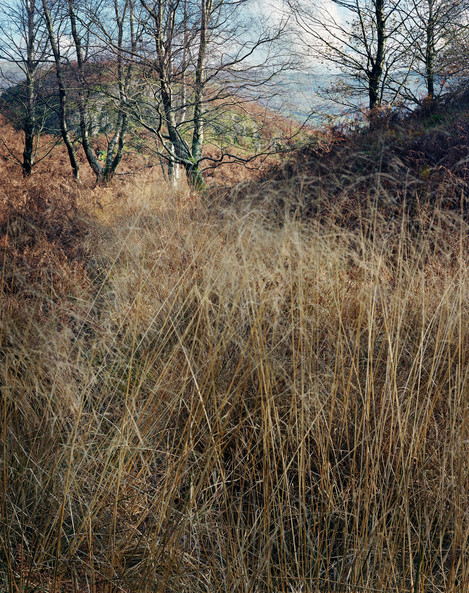 Once we've sorted out the wheat from the chaff we're left with a new set of photos, they are hopefully all compositionally acceptable, good exposure, reasonable focus and with enough about them to hold our attention. Once I've worked on an image for a while, adjusting colours, touching out sheep poo, and dodging and burning I use my "cup of tea" system to establish what I think of the image and the post processing. I leave the image on screen with a black background – no menus and then wonder off downstairs to make a cup of tea (or coffee/beer, doesn't matter which). My lack of office door means I can look at my photo with fresh eyes from a distance on my return – it can often look so much different after a short period away - colour casts become obvious, composition can be quickly re-evaluated and the need for more or less dodging and burning can stand out a mile.
Once we've sorted out the wheat from the chaff we're left with a new set of photos, they are hopefully all compositionally acceptable, good exposure, reasonable focus and with enough about them to hold our attention. Once I've worked on an image for a while, adjusting colours, touching out sheep poo, and dodging and burning I use my "cup of tea" system to establish what I think of the image and the post processing. I leave the image on screen with a black background – no menus and then wonder off downstairs to make a cup of tea (or coffee/beer, doesn't matter which). My lack of office door means I can look at my photo with fresh eyes from a distance on my return – it can often look so much different after a short period away - colour casts become obvious, composition can be quickly re-evaluated and the need for more or less dodging and burning can stand out a mile.
One of the great things about medium and large format photography is that you are forced to spend time with the image. Unlike digital image post processing which can be much more immediate, these film formats demand time and close scrutiny. Whilst I don't particularly like spotting dust off a 450mb scan it does force us into getting up close and personal with the intricate details of a picture. In the same way that they say the best way to examine the bodywork or a car is to get the sponge and Turtle Wax out, there's no better way than taking in the detail of a hi-res image than ridding it of its dust! Who'd have thought there was a benefit to my dusty office! There's a wealth of interest to be found whilst exploring a large format scan, many of my images contain layers of trees - branches and leaves underlined with a base of subtle grasses, detail resides in there that we could never hope to spot when composing the images, it can be quite a delight spotting the homes of spiders - and I'm sure one day I'll discover someone watching me from the edge of a distant forest!
After initial work is done on our new photos after they've made it through the judging stages to the dizzy heights of ‘portfolio worthy’, we still haven't got to know the photographs, they’re still relative strangers.
It's easy to be wooed with the excitement of a new ‘friend’ ready to be added to our collection of photographic successors. We must all have had that feeling of “Oh yes – this is my best photo ever” only to realise 3 days later that it's not even worthy of inclusion in the portfolio. There has to be an incubation period – to get to know the image, to live with your post processing and take it all in.
In its most basic form, the process of loving to indifference involves coming back to the photo repeatedly over a few weeks, months or even years. One of the really useful things I find about putting some of my images on Flickr is not the whole back patting "wow dude great perspective" comments (to be honest I don't get many of those), but the fact I can use it as a place to put my images to assess them myself – I even have a second account that I’m using for an ongoing project, I post everything that’s half decent up there so I can come back to them with fresh eyes to assess how the project is progressing. It’s also a good way of looking back to see how your photography is (hopefully) progressing. On occasion I've looked back through my Flickr stream and found a photo that I might not have been too bothered for at the time, but now fits in with my current way of looking at the world – if I’d have rejected them at the time, I'd have never have had the chance to enjoy them.
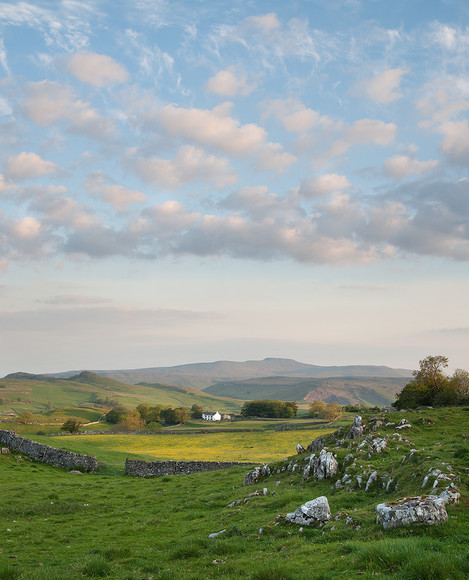 Some of you may well remember the dim and distant past when photographs were just that — photographs, not just a collection of entertaining pixels on the screen. This is way our photographs should be viewed, printed out and ideally, mounted up and framed. I made an image earlier on this year that was very un-me, a summer sunrise – and a view, on screen it was quite nice but it was only when someone requested a print of it that it truly came to life – I was surprised myself, printed on lovely Photo Rag it looked great and my appreciation of the image increased considerably, the blue sky looked fresh, the fields lush and warm – it almost made me want to do more sunrise views! I’d urge everyone to print out their new (and old) photos, it really is the best way to get to know your photos and your photography, they’re not meant to be on screen 600 pixels high! Once you've decided you've got to know your favourite images and their every detail, treat yourself to a few big C-Type prints, they deserve it!
Some of you may well remember the dim and distant past when photographs were just that — photographs, not just a collection of entertaining pixels on the screen. This is way our photographs should be viewed, printed out and ideally, mounted up and framed. I made an image earlier on this year that was very un-me, a summer sunrise – and a view, on screen it was quite nice but it was only when someone requested a print of it that it truly came to life – I was surprised myself, printed on lovely Photo Rag it looked great and my appreciation of the image increased considerably, the blue sky looked fresh, the fields lush and warm – it almost made me want to do more sunrise views! I’d urge everyone to print out their new (and old) photos, it really is the best way to get to know your photos and your photography, they’re not meant to be on screen 600 pixels high! Once you've decided you've got to know your favourite images and their every detail, treat yourself to a few big C-Type prints, they deserve it!
I've included a few of my recent images here, I still don't really know them – they're not part of the family yet, I know a few of them will be welcomed in with open arms whilst others may get left out in the cold.

